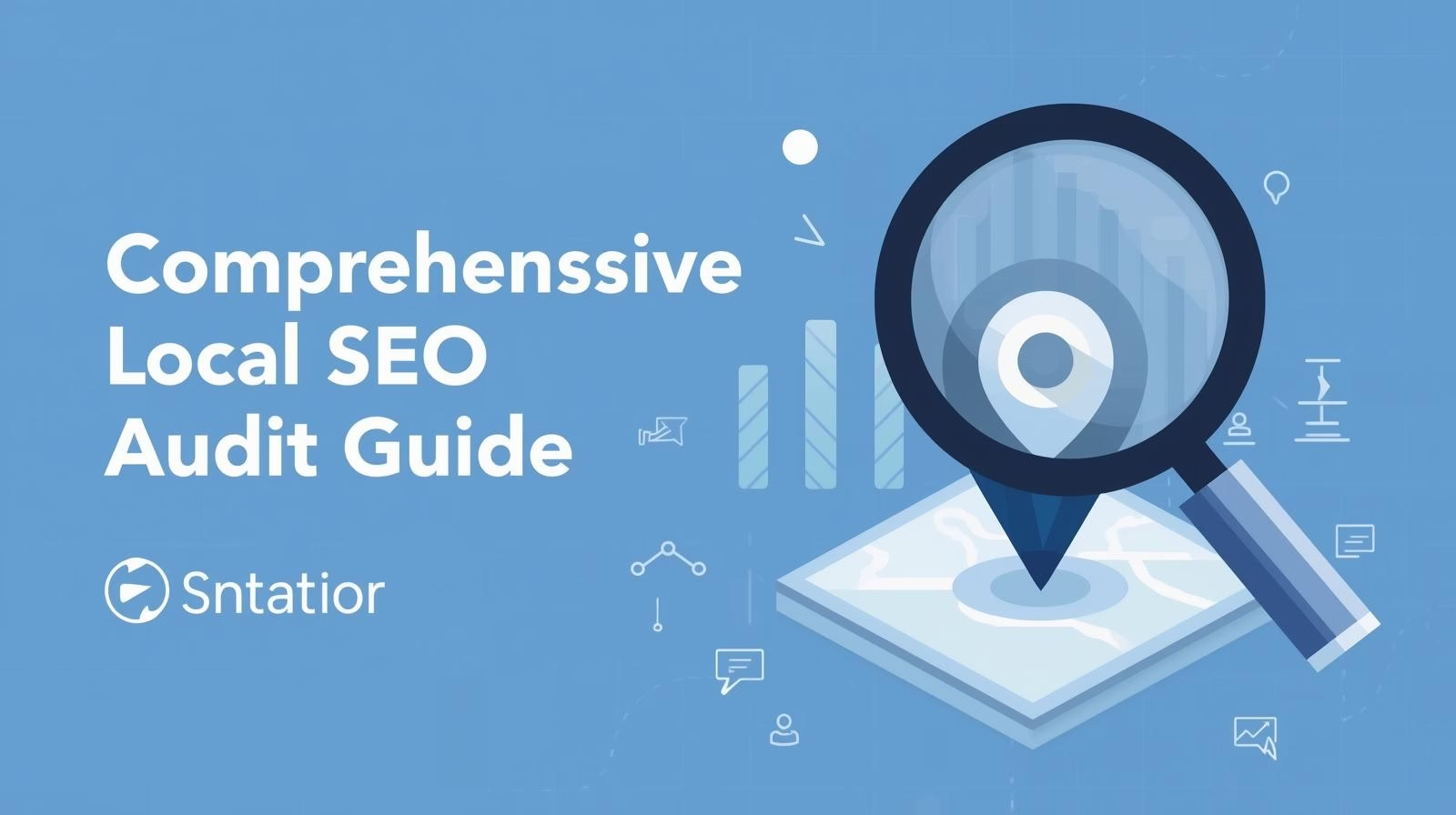How can internal linking boost your site’s SEO without spending a dime? It connects pages on your own website to help search engines understand your content better. This guide breaks down internal linking from basics to advanced tips. You’ll get clear steps to improve navigation and rankings. By the end, you’ll know how to add links that drive more traffic and keep visitors around longer.
What Is Internal Linking and Why Does It Matter in SEO?
Internal linking means adding hyperlinks that point to other pages on your site. It helps users find related info fast. Search engines like Google use these links to crawl your site easier. This practice differs from external links, which go to other domains. Internal links keep people on your site and share authority between pages.
Start small if you’re new to this. Pick one blog post and add two or three links to older articles. Over time, this builds a strong web of connections. Benefits include better crawlability, where bots discover more content. It also cuts bounce rates as users click deeper into your site.
Defining Internal Linking
Internal links are simple hyperlinks to pages within the same domain. They guide readers to more details on a topic. Think of them as paths in a garden leading from one flower to another. Types include contextual links in the middle of text, navigational ones in menus, and footer links at the bottom.
Spot chances for these links in your content. Read through a post and note spots where you mention related ideas. For example, if you write about dog training, link to a page on puppy care. This keeps things natural and useful.
Key Differences from External Linking
Internal links hold users on your site longer. They pass PageRank, Google’s old measure of authority, from one page to another. External links point outside and bring in fresh authority from other sites. Internal ones build your site’s own strength.
Take Wikipedia as an example. Its pages overflow with internal links to related topics. This setup keeps readers engaged for hours and helps SEO by showing clear site structure. You can do the same to make your content stickier.
Core Benefits for SEO and User Experience
Internal linking shapes your site for search crawlers. It spreads link juice evenly, lifting weaker pages in rankings. Users benefit from easy navigation, which lowers frustration and bounce rates. Google values these user signals in its algorithm.
Audit your site now to check pages per session. Tools show if links help or hurt flow. Google’s focus on user experience means good internal links can push your rankings up. Plus, they build topical authority, proving your site knows a subject inside out.
How Internal Linking Works: The Technical Side
Internal linking passes value from strong pages to others. Crawlers follow these paths to map your site. Anchor text, the clickable words, tells engines what the linked page covers. Get this right, and your SEO improves without extra work.
Keep it simple. No need for deep tech talk here. Focus on how links help bots and users alike.
Understanding Link Equity and PageRank Flow
Link equity is like sharing strength from a big tree to smaller plants. High-authority pages send power through internal links. This flow helps all connected pages rank better. Google still uses ideas like PageRank today.
Link from key content to supporting pages. Say your main guide on SEO is a cornerstone. Connect it to pillar posts on keywords. This setup boosts signals across your site.
The Role of Crawlers and Site Architecture
Crawlers start at your homepage and follow links to explore. Good internal linking builds a clear map for them. Without it, parts of your site stay hidden from search results. Amazon nails this with category links that lead bots straight to products.
Strong architecture means faster indexing. Users move smoothly too, from category to item pages. Test your setup by seeing how easy it is to reach any page in three clicks or less.
Anchor Text and Its Impact on SEO
Anchor text describes the link’s target. Use words that match what the page is about. This helps Google grasp relevance. Avoid stuffing the same keyword everywhere, or you risk penalties.
Make anchors natural and keyword-rich. For a page on “best coffee makers,” use “top coffee makers for home” as the text. Google’s rules stress variety to keep things honest.
Best Practices for Creating Effective Internal Links
Build links that fit your content’s flow. Aim for relevance over quantity. This avoids spam flags and boosts real value. Follow these steps to make your site a linking pro.
Use checklists to stay on track. Check relevance, then placement, then count.
Choosing the Right Anchor Text and Placement
Place links in the body of your text, not just sidebars. This feels natural to readers. Descriptive anchors like “learn more about SEO basics” work best.
Target 2-5% link density per page. Studies from SEMrush show body links get more clicks. Put them where they add value, like after explaining a concept.
- Pick anchors that match user searches.
- Avoid long, clunky phrases.
- Test placement with heat maps for better results.
Balancing Link Depth and Relevance
Link to pages that truly connect to the topic. Skip random jumps that confuse readers. Depth means not burying key pages too deep in your structure.
HubSpot’s blogs shine here. They cluster topics with smart internal links to guides. This raises dwell time as users explore clusters.
Keep lists short. Three to five solid links beat ten weak ones.
Tools and Techniques for Link Optimization
Free tools like Google Search Console spot broken links quick. Fix them to keep equity flowing. For WordPress users, Yoast SEO suggests spots during writing.
Run audits monthly. Plugins automate suggestions based on your keywords.
- Use Ahrefs for deeper insights on link strength.
- Check for duplicates that waste power.
- Update old posts with new links to fresh content.
Common Internal Linking Mistakes and How to Avoid Them
Many sites mess up internal linking without knowing. Overdo it, and you dilute value. Ignore fixes, and rankings drop. Spot these errors early to save headaches.
Learn from pitfalls. Apply fixes step by step.
Overlinking and Keyword Stuffing Pitfalls
Too many links spread equity thin. It looks spammy to Google. Stuffing exact keywords in anchors flags manipulation.
Cap at 3-7 links per 1,000 words. Google’s John Mueller warns against patterns that seem fake. Review your pages and trim extras.
Ignoring Mobile and Accessibility Issues
Links that break on phones frustrate users. Screen readers skip poorly marked ones. This hurts SEO as user experience tanks.
Test on mobile often. Use alt text for images with links. Webmaster talks highlight sites hit for bad mobile links.
Make anchors touch-friendly, at least 48 pixels wide.
Neglecting Orphaned Pages and Broken Links
Orphaned pages get no links, so crawlers miss them. Broken links waste clicks and equity. Both kill SEO potential.
Audit with Screaming Frog to find isolates. Link them to main paths. Fix 404s right away to keep trust high.
- Scan weekly for orphans.
- Redirect broken ones smartly.
- Re-link after updates.
Measuring and Improving Internal Link Performance
Track how links affect traffic and engagement. Data shows what’s working. Adjust based on real results for steady gains.
Metrics guide your tweaks. Iterate to build momentum.
Key Metrics to Track Success
Watch crawl depth, how far bots go. Count internal clicks for user paths. Look at organic traffic rises from linked pages.
Google Analytics reveals behavior flow. See if links cut bounce rates. Aim for more pages per visit as a win.
Analyzing Link Performance with SEO Tools
Ahrefs maps your link graph visually. Moz checks equity flow. Use them to spot weak spots.
Backlinko refined its structure this way. Internal data led to top rankings. Pull reports quarterly for patterns.
Strategies for Ongoing Optimization
Audit links each season. Test A/B versions of anchor text. Refresh old content with ties to new posts.
Add links to evergreen pages for lasting boost. Track changes over months to measure impact.
Conclusion
Internal linking stands out as a free SEO powerhouse. It lifts rankings, engages users, and structures your site for success. Key points include using relevant anchors, auditing often, and tools for smart fixes.
Start with one tip today, like adding contextual links to a post. Watch your traffic grow in the next report. Apply these steps to your site now. You’ll see better engagement and higher spots in search results soon.


